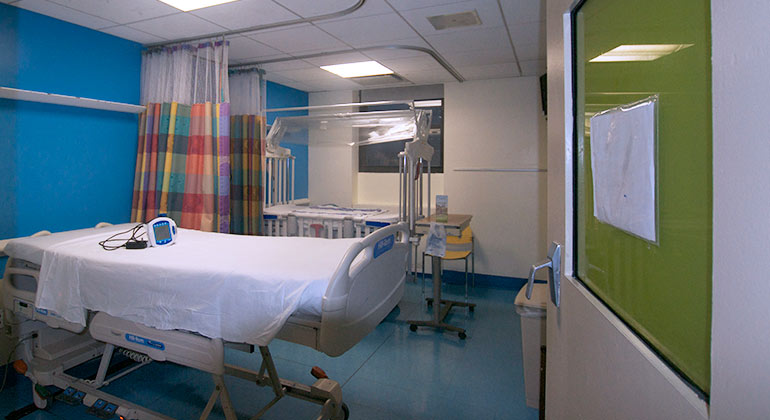
2025 Quality and Patient Safety Performance Improvement Plan
Across the Mount Sinai Health System (MSHS), we are unwavering in our commitment to the highest standards of quality, safety, and patient experience. We follow processes, policies and programs designed to ensure the safest possible care for every patient with a key focus on achieving "Zero Harm" by eliminating all preventable harm across the organization. At Mount Sinai, quality and patient safety are the responsibility of every team member and a key component of our daily work.
The Boards of Trustees, medical staff, administrative leadership, and hospital staff collaborate to set priorities for quality and safety across the organization. We achieve our goals employing the tools from several improvement methods including Lean and Plan-Do-Check-Act (PDCA). Improving quality and safety requires a commitment to high reliability practices, strong leadership and engaged frontline staff. Our commitment to quality and safety provides better outcomes for patients and a safer work environment for our staff. And, when something doesn’t go as expected, we identify the issues and learn to ensure stronger processes are in place. We are committed to continuous learning and improvement.
Quality and Patient Safety Goals 2025
Each year MSHS sets Quality and Patient Safety Goals (QPS). The goals are approved annually by the QPS Taskforce and Quality Performance Improvement Committee. The progress and status of each goal are assessed regularly and reported to senior leadership throughout the year. In 2025, the goals are as follows:
Hospital-Acquired Infection (HAI): Reduce hospital-acquired infections in all acute care hospitals.
Nursing Quality Indicators: Increase percent of days patients are out of bed across all inpatient units.
Advancing Equity in Quality: Create a fair and equitable health care environment for patients by creating a system that provides accurate, actionable data for up-to-date monitoring, process improvement, reporting, and strategic decision-making.
Hospital Readmission: Use new technology to better identify patients who might need to return to the hospital shortly after discharge and improve programs that help patients transition from hospital to home.
Patient Experience: Improve how our patient’s experience care by working on teamwork, communication, and responsiveness.
Patient Identification: Improve the Health System’s process for correctly identifying patients by using methods that are known to reduce mistakes.